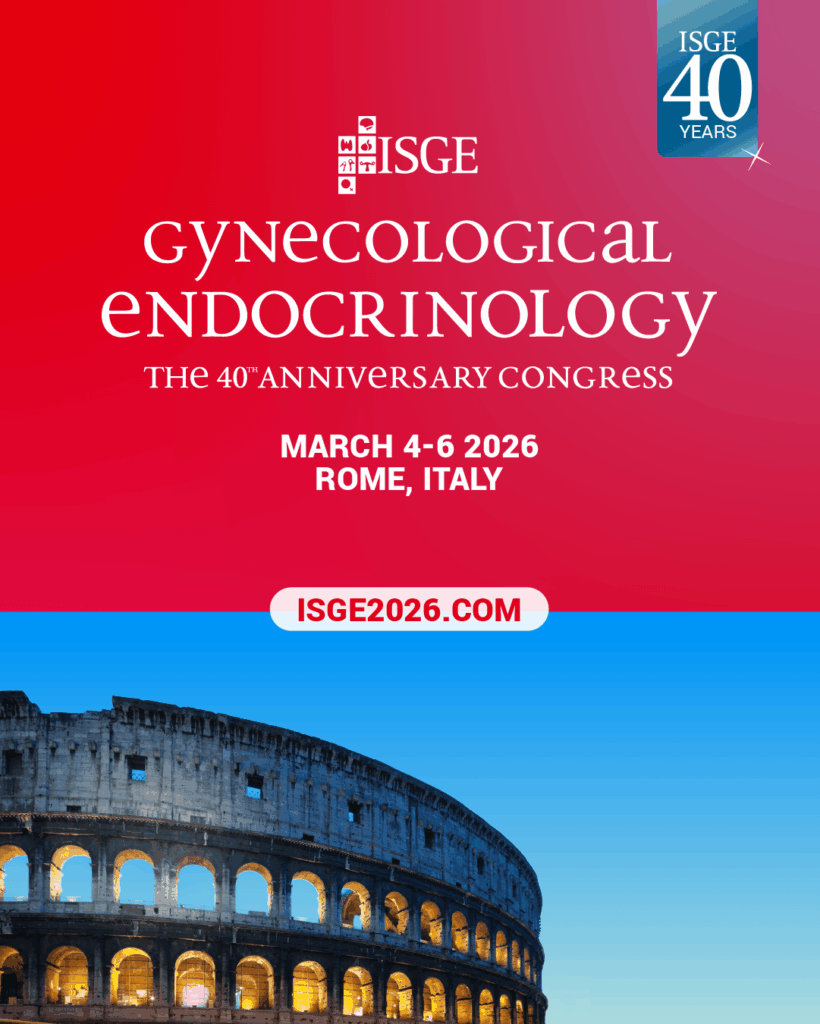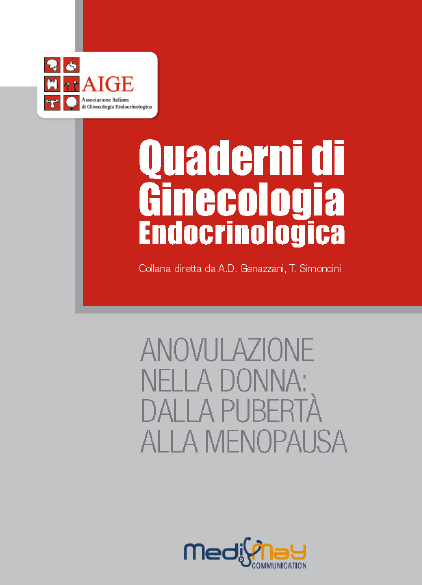-
Zhiqin Bu, Keyan Wang, Wei Dai, Yingpu Sun
Endometrial thickness significantly affects clinical pregnancy and live birth rates in frozen-thawed embryo transfer cycles
Gynecol Endocrinol, 2016; 32(7): 524–528Abstract
In order to explore the relationship between endometrial thickness on the day of embryo transfer and pregnancy outcomes in frozen-thawed embryo transfer (FET) cycles, we retrospectively analyzed data from 2997 patients undergoing their first FET cycles from January 2010 to December 2012. All patients were divided into three groups (Group A, ≤8 mm; Group B, 9–13 mm; Group C, ≥14 mm) according to the endometrial thickness on embryo transfer day. Compared with patients in the other two groups, patients with thin endometrial thickness in Group A had significantly lower clinical pregnancy rate (33.4%, 41.3% and 45.4%, p < 0.01) and live birth rate (23.8%, 32.2% and 34.0%, p < 0.01). After adjusting for age, body mass index (BMI), baseline follicle stimulating hormone (FSH) FET protocol and number of embryos transferred, the associations between medium endometrial thickness (Group B) and clinical pregnancy rate [adjusted odds ratio (aOR): 1.39; 95% confidence interval (CI): 1.10–1.77, p < 0.01] and live birth rate (aOR: 1.50; 95% CI: 1.16–1.95, p < 0.01) were significant. We conclude that for patients undergoing FET, endometrial thickness on the embryo transfer day significantly affects IVF outcomes in cleavage embryo transfer cycles independent of other factors.
-
Alessandro D Genazzani
Inositol as putative integrative treatment for PCOS
Reproductive BioMedicine Online (2016), doi.org/10.1016/j.rbmo.2016.08.024 DownloadAbstract
Studies over the last decade have demonstrated that some polycystic ovary syndrome (PCOS) patients have abnormal insulin sensitivity (insulin resistance), independently from being overweight or obese. This induces the risk of developing type 2 diabetes in such PCOS patients. The use of insulin sensitizers (i.e. metformin), reduces such metabolic, and most hormonal, impairments. As metformin often induces side effects, new integrative strategies have been proposed to treat insulin resistance, such as the use of inositols. Such compounds are mainly represented in humans by two inositol stereoisomers: myo-inositol (MYO) and D-chiro-inositol (DCI). MYO is the precursor of inositol triphosphate, a second messenger that regulates thyroid-stimulating hormone (TSH) and FSH as well as insulin. DCI derives from the conversion of myo-inositol via an insulin-dependent pathway. Several preliminary studies have indicated possible benefits of inositol therapy in PCOS patients, but to date no meta-analysis has been performed. This review aims
to give clinical insights for the clinical use of inositol in PCOS -
Katharine B. Simmons, Alison B. Edelman
Hormonal contraception and obesity
Fertil Steril 2016;106:1282–8Abstract
The rising rate of overweight and obesity is a public health crisis in the United States and increasingly around the globe. Rates of contraceptive use are similar among women of all weights, but because contraceptive development studies historically excluded women over 130% of ideal body weight, patients and providers have a gap in understanding of contraceptive efficacy for obese and overweight women. Because of a range of drug metabolism alterations in obesity, there is biologic plausibility for changes in hormonal contraception effectiveness in obese women. However, these pharmacokinetic changes are not linearly related to body mass index or weight, and it is unknown what degree of obesity begins to affect pharmacokinetic or pharmacodynamics processes. Overall, most studies of higher quality do not demonstrate a difference in oral contraceptive pill effectiveness in obese compared with non-obese women. However, data are scant for women in the highest categories of obesity, and differences by progestin type are incompletely understood. Effectiveness of most non-oral contraceptives does not seem to be compromised in obesity. Exceptions to this include the combined hormonal patch and oral levonorgestrel emergency contraception, which may have lower rates of effectiveness in obese women. The purpose of this review is to summarize evidence on contraceptive use in women with obesity, including differences in steroid hormone metabolism, contraceptive effectiveness, and safety, compared with women of normal weight or body mass index using the same methods.
-
Regine Sitruk-Ware
Hormonal contraception and thrombosis
Fertil Steril 2016;106:1289–94Abstract
The safety of combined hormonal contraceptives (CHCs) has been documented by years of follow-up, and the occurrence of venous thromboembolism (VTE) possibly related to their use is rare in the young population exposed to these agents. The balance between the benefits and risks of contraceptive steroids is generally positive, in particular when compared with pregnancy’s risks. Epidemiological studies led to different results showing either no difference in VTE risk between CHCs (active surveillance prospective studies) or an increase in risk (observational or database studies). The discrepancy may be explained by different study designs and the fact that important risk factors such as overweight, family history of thrombosis, and smoking were not adjusted for in some observational studies. To improve the safety of CHC, modifying the estrogen dose and type, selecting newer progestins, and alternative routes of delivery were implemented. Ethinyl- E2 (EE) exerts a stronger effect than E2 on estrogen-dependent markers such as liver proteins and coagulation factors. To circumvent the metabolic changes induced by EE, more natural compounds such as E2 and E2 valerate (E2V) were developed, as well as new progestins structurally closer to P. Progestins when given alone do not increase VTE risk, and their risks and benefits depend upon their chemical structure, the type and dose of combined estrogen, and the delivery route. The lower impact of E2-based CHCs on metabolic markers may result in an improved safety profile. A recent study on clinical outcomes supports this hypothesis.
In conclusion, CHCs remain a safe and effective choice to prevent unwanted pregnancy, and the risk of VTE is in general low. Careful consideration of individual risk factors should be given before prescribing to avoid cumulative risks and minimize the occurrence of unwanted events. -
Juhua Luo, Michael Hendryx, JoAnn E. Manson, XiaoYun Liang, and Karen L. Margolis
Hysterectomy, Oophorectomy, and Risk of Thyroid Cancer J Clin Endocrinol Metab 2016, 101(10), pp. 3812–3819Abstract
Context: Estrogen has been suggested as a risk factor for thyroid cancer.
Objective: The aim of this study is to examine the associations between hysterectomy, bilateral salpingo-oophorectomy (BSO), and incidence of thyroid cancer.
Design: This was a prospective cohort study.
Setting: The study was conducted at 40 clinical centers in the United States.
Participants:
A total of 127 566 women aged 50–79 were enrolled in the Women’s Health Initiative during 1993–1998.
Main Outcome Measures: Hysterectomy and BSO were self-reported. Incident thyroid cancer cases were confirmed by medical record review.
Results: Three hundred forty-four incident thyroid cancer cases were identified during an average of 14.4 years of follow-up. Compared with women without hysterectomy, women with hysterectomy, regardless of ovarian status, had a significantly higher risk of thyroid cancer (hazard ratio 1.46 [95% confidence interval 1.16–1.85]). Hysterectomy with BSO was not associated with a lower risk for thyroid cancer compared with hysterectomy alone. Among women with hysterectomy alone, hormone therapy use was associated with lower risk of thyroid cancer (hazard ratio 0.47 [95% confidence interval 0.28–0.78]). However, we did not observe significant associations between hormone therapy use and thyroid cancer in women without hysterectomy or women with hysterectomy plus BSO.
Conclusion: Our large prospective study observed that hysterectomy, regardless of oophorectomy status, was associated with increased risk of thyroid cancer among postmenopausal women. In addition, our data did not support the hypotheses that exogenous estrogen is a risk factor or that estrogen deprivation is a protective factor for thyroid cancer. Further research is needed to clarify whether these apparent associations may be due to shared risk factors between indications for hysterectomy and thyroid cancer.
The large prospective study assessed the relationship between hysterectomy and thyroid cancer risk and revealed that hysterectomy regardless of oophorectomy status increased risk of thyroid cancer.
Abstract selezionati
-
Zhiqin Bu, Keyan Wang, Wei Dai, Yingpu Sun
Endometrial thickness significantly affects clinical pregnancy and live birth rates in frozen-thawed embryo transfer cycles
Gynecol Endocrinol, 2016; 32(7): 524–528 -
Alessandro D Genazzani
Inositol as putative integrative treatment for PCOS
Reproductive BioMedicine Online (2016), doi.org/10.1016/j.rbmo.2016.08.024 Download -
Katharine B. Simmons, Alison B. Edelman
Hormonal contraception and obesity
Fertil Steril 2016;106:1282–8 -
Regine Sitruk-Ware
Hormonal contraception and thrombosis
Fertil Steril 2016;106:1289–94 -
Juhua Luo, Michael Hendryx, JoAnn E. Manson, XiaoYun Liang, and Karen L. Margolis
Hysterectomy, Oophorectomy, and Risk of Thyroid Cancer J Clin Endocrinol Metab 2016, 101(10), pp. 3812–3819






